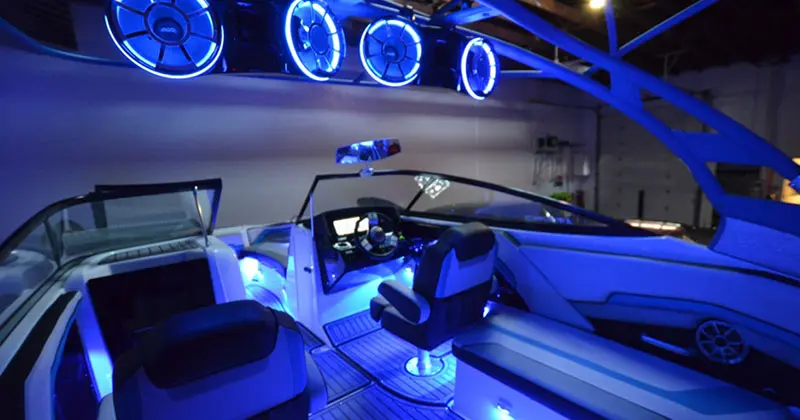
Installing audio systems in marine vehicles can be tricky and time-consuming; however, if done correctly, it can bring enjoyable sound experiences for boat users. The best practices to install marine audio involve proper planning and setup, selecting the right equipment, finding the correct placement for speakers and amplifiers, as well as using a reliable power source. In this blog post, we will discuss each of these steps in detail so that you can get the most out of your marine audio setup while still keeping your boat safe and secure.
- Planning & Setup
The first step in any successful installation is good planning. Take the time to assess your boat’s existing components and determine what new components you will need to achieve your desired sound system. It’s important to think about power requirements, speaker placement and other considerations like weatherproofing or waterproofing. Once you have a plan in place, it’s time to start shopping around for a high-quality amplifier and speakers that fit within your budget and meet your needs.
- Select The Right Equipment
When selecting equipment for a marine audio system installation, there are several factors that should be taken into consideration such as size/weight (for easy transport), power handling capabilities (to ensure adequate loudness), corrosion resistance (for long-term durability) and water resistance (for safer operation in wet environments). Additionally, good quality cables are essential for connecting everything together properly. Make sure you invest in good quality wires with the appropriate gauge size; otherwise the performance of the system will suffer due to inadequate power transfer or signal loss due to excessive voltage drops from inferior cable materials or improper wire lengths.
- Finding Placement For Speakers And Amplifiers
After selecting the proper equipment for your set up, proper placement should also be taken into consideration when installing an audio system on board a boat. When choosing locations for speakers, make sure they’re not too close to heat sources like stoves or exhaust pipes which can damage them over time due to increased temperatures. Additionally, amplifier placement should also take into account adequate ventilation since overheating can lead to premature failure of electronic components. An ideal location would be an area where air flow is abundant but still protected from dirt and water damage—like inside a console compartment or another enclosed space on board the vessel.
- Power Source
Finally, it’s important to make sure all electronics on board are connected to reliable power sources—this includes powering up the audio system itself as well as any other accessories like subwoofers and radios that may be used while out at sea. Marine-specific batteries are great options because they offer superior performance due their ability to handle higher discharges over extended periods of time without damaging internal components such as plates or cells within conventional car batteries which are often used aboard boats with unsatisfactory results. Additionally, if possible installing an auxiliary battery just for powering up electronics is always recommended because this prevents overloading existing onboard electrical systems which could cause malfunctions or even fires if not addressed properly .
As the end conclusion, Installing a high-performance marine audio system requires careful planning and setup before getting started with actual installation work–from buying quality equipment that fits within one’s budget while still meeting performance requirements; finding suitable speaker and amplifier placements; using reliable power sources such as deep cycle marine batteries; to preventing issues like overheating by providing adequate ventilation throughout all components—all these elements must come together in order for someone to get satisfactory performance out of their set up while maintaining boat safety at all times.
Visit our facebook page: https://www.facebook.com/AdvancedCarStereo
